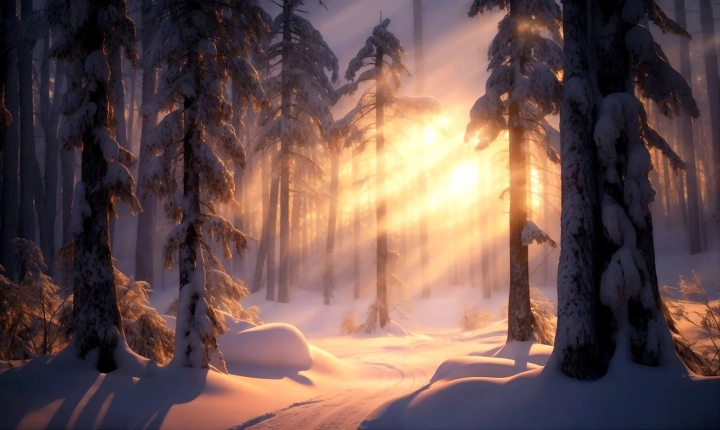Title: Exploring the World of AI-Generated Pictures: A Step-by-Step Guide
In recent years, the integration of artificial intelligence (AI) in the creative industry has revolutionized the way pictures are created. Through machine learning algorithms and neural networks, AI has the capability to generate stunning and lifelike images that were previously only achievable by human artists. In this article, we will delve into the process of creating pictures with AI, exploring the tools, techniques, and potential applications of this innovative technology.
Understanding the Basics of AI-Generated Pictures
AI-generated pictures are produced using generative adversarial networks (GANs), which consist of two neural networks – a generator and a discriminator. The generator creates images from random noise or input data, while the discriminator evaluates the generated images against real ones to identify any discrepancies. Through an iterative process, the generator learns to produce increasingly realistic images, leading to the creation of visually impressive artwork.
Step 1: Choose the Right Tool
There are several AI platforms and software that specialize in generating pictures. One prominent example is DeepArt, an online platform that allows users to transform their photos into artworks using AI algorithms inspired by famous art styles. Additionally, tools like RunwayML and Artbreeder offer users the ability to generate, manipulate, and combine images using AI.
Step 2: Input Data and Parameters
Once you have selected a tool, the next step is to input the data and parameters required to generate the desired picture. This could include providing a reference image, selecting the art style or visual elements, and adjusting various parameters such as color, texture, and composition to tailor the output to your preferences.
Step 3: Experiment and Refine
Experimentation is key when creating pictures with AI. Through trial and error, you can explore different input combinations, styles, and settings to understand how they affect the output. It’s important to iterate and refine the process to achieve the desired outcome, whether it’s a unique digital artwork or a visually stunning composition.
Step 4: Application and Integration
AI-generated pictures have a wide range of potential applications across various industries. From creating conceptual art and illustrations to generating realistic landscapes and character designs for games and movies, the versatility of AI in picture generation is vast. Additionally, businesses can utilize AI-generated images for marketing, product design, and visual storytelling to enhance their brand identity and communication strategies.
The Future of AI in Picture Generation
As AI technology continues to evolve, the possibilities for creating pictures with AI are boundless. With advancements in deep learning, image recognition, and natural language processing, AI is becoming increasingly proficient at understanding and replicating artistic styles, resulting in a new era of digital artistry. Furthermore, the democratization of AI tools and platforms enables artists, designers, and enthusiasts to explore and push the boundaries of picture creation with AI.
In conclusion, the intersection of AI and picture generation offers a compelling glimpse into the future of digital creativity. By leveraging the power of AI, individuals and businesses can unleash their imagination and bring unique visual concepts to life. As AI technology continues to advance, the potential for creating captivating and immersive pictures with AI is limitless, paving the way for a new era of artistic expression and innovation.
